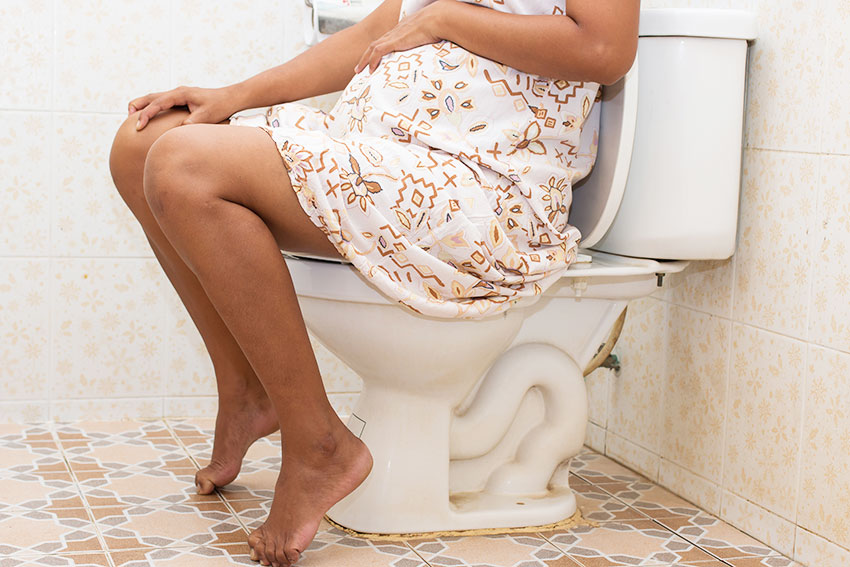Pelvic floor therapy is a specialized treatment approach that can effectively manage and alleviate symptoms of fecal incontinence and constipation by strengthening the muscles of the pelvic floor. This therapy involves exercises and techniques designed to improve muscle coordination and endurance, enhance awareness of muscle function, and normalize bowel movements. Therapists may use biofeedback, manual therapy, and exercises to teach patients how to contract and relax pelvic floor muscles properly, which can help in regulating bowel schedules, preventing involuntary leakage, and improving the overall function of the pelvic organs. These targeted interventions can lead to significant improvements in quality of life for individuals suffering from these conditions.
How to Help Get Rid of Constipation
One way to address bowel issues such as constipation is through your diet. Fiber intake for adults should be 25-38 grams each day. Another way is to stay hydrated. For most, drink at least 64 ounces per day. Proper diet and hydration can make a significant impact on resolving constipation issues. Watch this video to learn more about helping get rid of constipation.

How Pelvic Floor Therapy Can Help
In cases of constipation, pelvic floor therapy addresses the dysfunction of the pelvic muscles that might be too tight, causing difficulty with stool passage. Therapists teach patients how to relax and coordinate these muscles properly, facilitating easier bowel movements. Techniques such as biofeedback help patients understand and modify their pelvic floor muscle contractions, improving symptoms of constipation.
